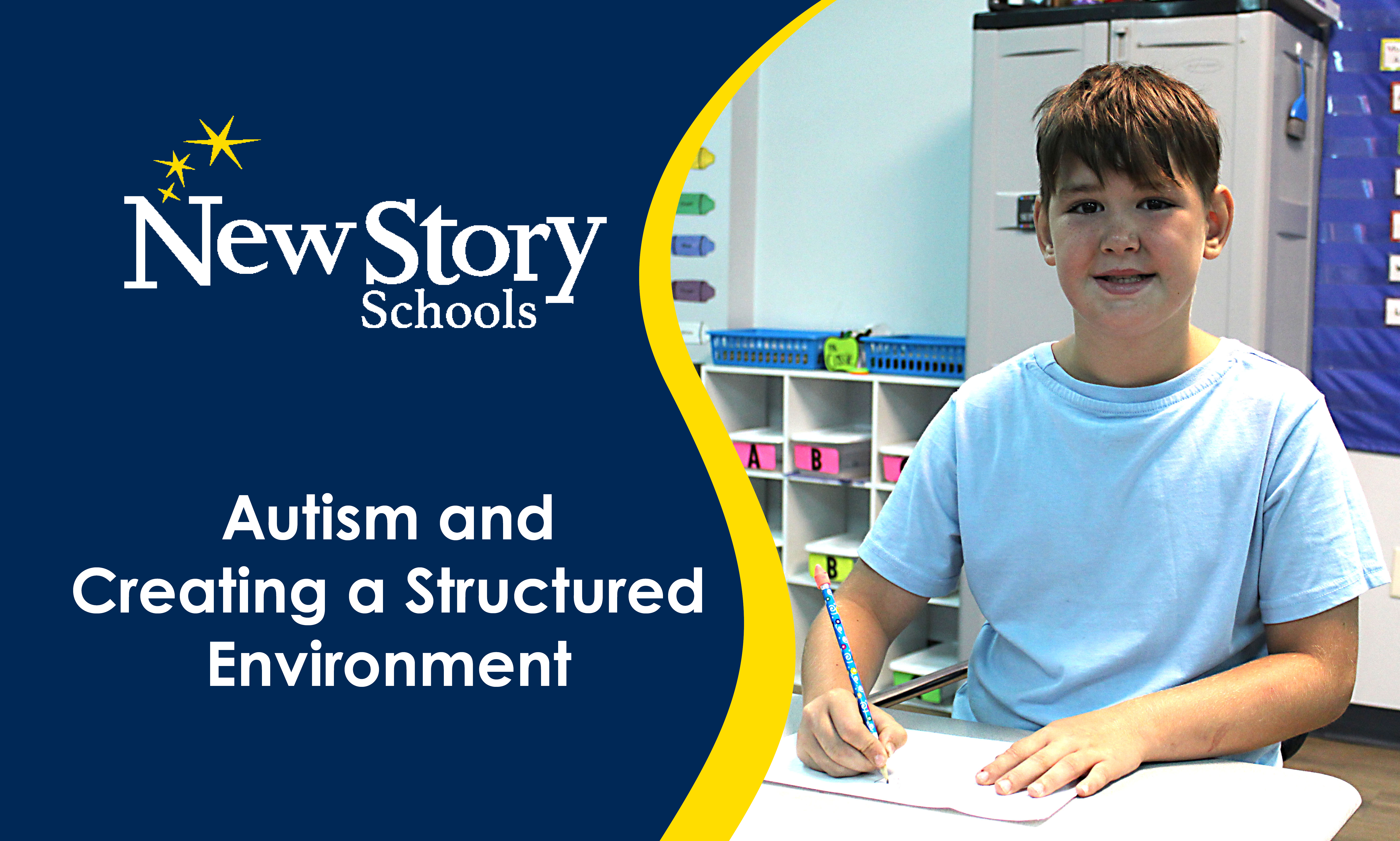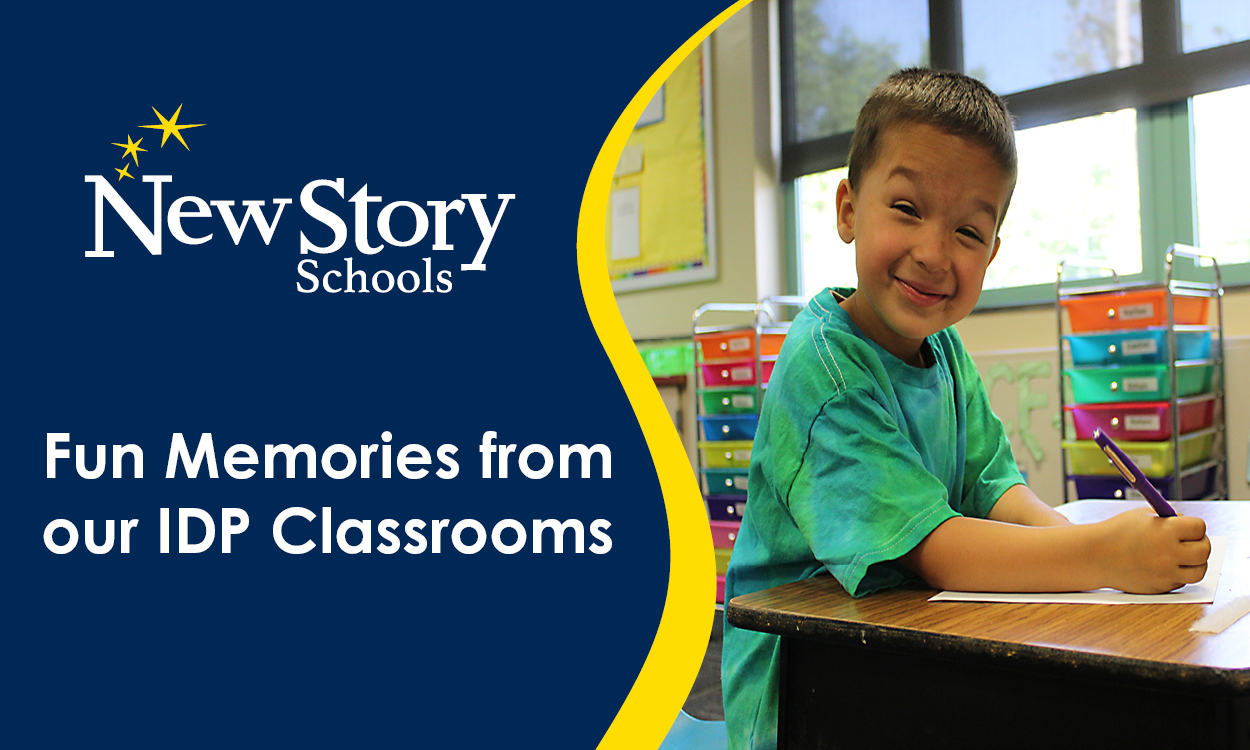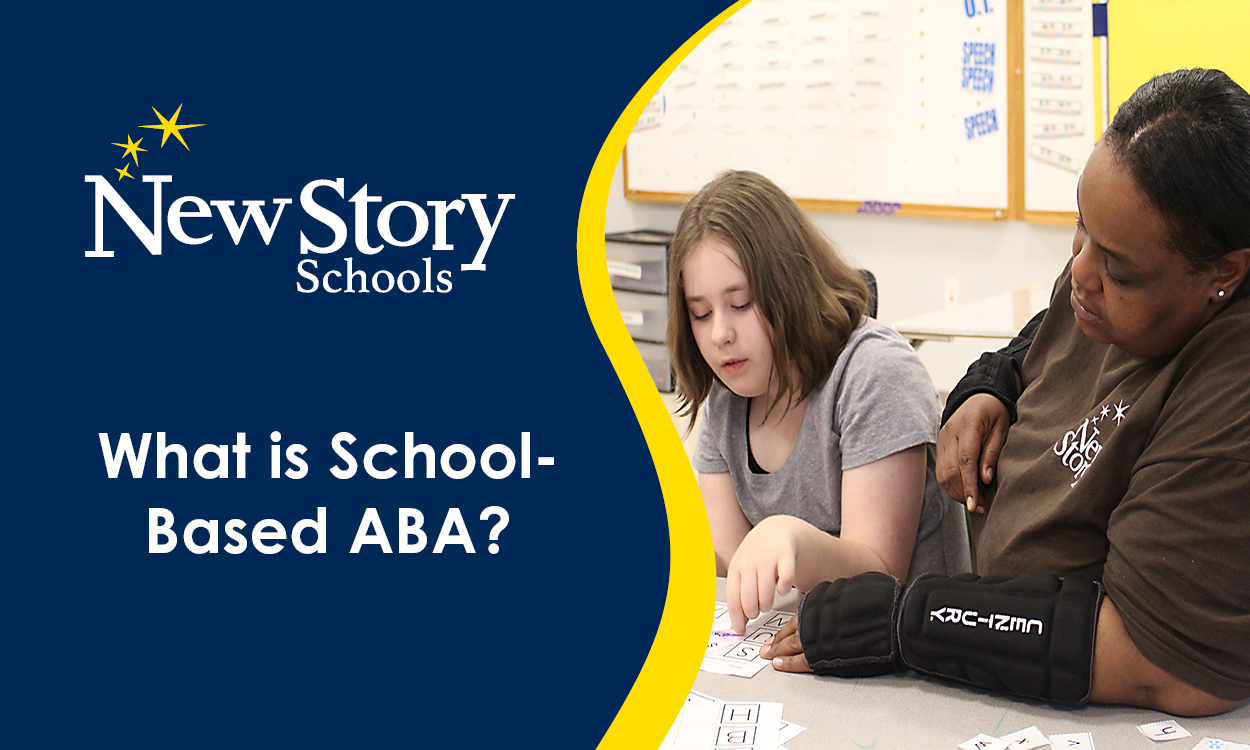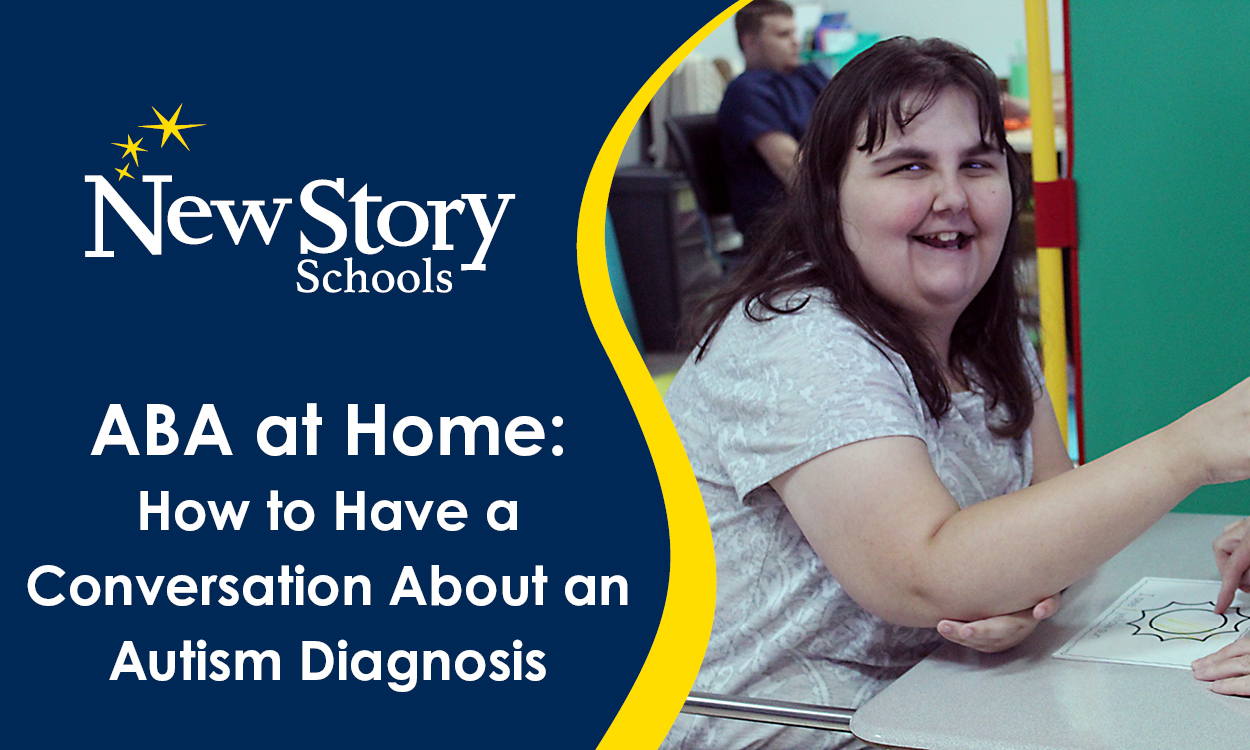Autism and Creating a Structured Environment
Posted: July 17, 2024 | Written By: Michelle Brown | Category: Autism Support

Creating an environment of structure and routine is certainly helpful for the children of any parent. However, it is nothing short of a game changer for a child on the autism spectrum. Why is this so important for my child? How do I know where to start? What do I do when it’s out of my control? Where can I find help? We will discuss the answers to all of these very valid questions and get you on your way to creating a structured environment in which your child can not just survive, but thrive.
Why is structure so important for kids on the autism spectrum?
One of the primary criteria for a diagnosis of Autism Spectrum Disorder (ASD) is that the person shows restrictive and repetitive patterns of behavior, coupled with a strict adherence to routines and sameness. In other words, most people (especially children) on the autism spectrum strongly prefer consistency, predictability, structure, and routine. This tendency can apply to any and all facets of life, like daily schedules and routines, physical surroundings, interactions with people, food, belongings, clothing, and even entertainment.
When things are inconsistent, unpredictable, or unscheduled, this can create a lot of stress, uncertainty, and anxiety for someone on the spectrum. A child with autism in an unpredictable environment could become upset, anxious, agitated, all of which could escalate into emotional meltdowns. In fact, research has shown that predictability, routine, and structure can help children with autism function more independently as well as improve their social and emotional health. Here are some major benefits of structure for a child on the spectrum:
- Reducing stress and power struggles
- Improving cooperation and motivation
- Providing security and comfort
- Giving a sense of ownership to the child
- Building stronger child-caregiver connections
- Fostering an environment where learning can occur
How can I create more structure for my child?
In order to foster a predictable and secure environment for your child, consistency is key. To get started, you’ll want to focus primarily on physical space, schedules, and routines.
Physical Space
- Have a calming, quiet, clutter-free place in your home where your child can retreat to — you may be able to use an area of your car for this when you’re out and about.
- Keep rooms as organized as possible — especially common areas and your child’s bedroom.
- Avoid rearranging too frequently, or if you do, try just a little at a time.
- Designate certain areas for certain activities.
- Posting things like visual schedules and/or checklists for important routines in the rooms where they are applicable can be incredibly helpful.
- When visiting somewhere new, it can help to look up photos of the physical space, print out a map, or even make a basic drawing. Visiting ahead of time to get the brief lay of the land can be a big help too.
Schedules and Routines
- Try to keep a fairly consistent daily schedule — especially wake times, mealtimes, and bedtimes.
- Establish set routines around daily tasks (Ex: When we wake up, we use the bathroom, wash our hands, brush our teeth, get dressed, and eat breakfast.)
- Try to stick to some predictable routines throughout the day (Ex: Dad helps me get ready in the morning, we all walk the dog together after supper, and Mom reads a story at bedtime.)
- Post visual aids or checklist charts as needed to help keep routines on track. Check out these free schedules and routine charts.
- Plan ahead as much as possible, and give your child plenty of advance notice of changes or adjustments to your schedules or routines.
- Try practice runs of new activities or situations in order to prepare your child and make them more comfortable.
- Sometimes it helps to build in predictable choices (Ex: Before lunch, I can choose to jump on the trampoline or draw with sidewalk chalk.)
What do I do when it’s out of my control?
Even with the best intentions, incredible organization skills, and lots of planning, life will still throw you curveballs, and things will not always go according to plan. This is okay! When this happens, give yourself and your child permission to be imperfect, just like every human on the planet. It helps to be aware that your child may feel anxious, unhappy or have a strong reaction to this change. Do your best to have patience with your child and also with yourself in that situation. This can be a great learning opportunity to talk through how to handle the unexpected with your child before and after unexpected things occur. For instance, you could say something like, “We didn’t expect this, and it may not feel great right now. But, we are going to be okay.” Allow your child to ask questions about the change. If they seem anxious, it could help to make a “worry list” about things that worry them about the change, and discuss how to alleviate those worries. Then, make a list of all the positives associated with the change to end on a positive note. Reiterating that you can always deal with changes and make new routines can help as well. With patience, practice, and your guidance, your child will get better at navigating change and the unexpected as they grow.
Where can I find help?
Remember that you do not have to tackle this alone. Be sure to partner with your child’s teachers, therapists, and medical professionals for assistance, ideas, and suggestions. Online and local support groups are also excellent resources that allow parents and professionals to share what works for them as well as offering real-world feedback and experiences.
Want to be notified of new articles and resources from New Story Schools? Submit your email and opt into our newsletter!









